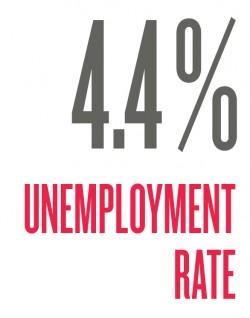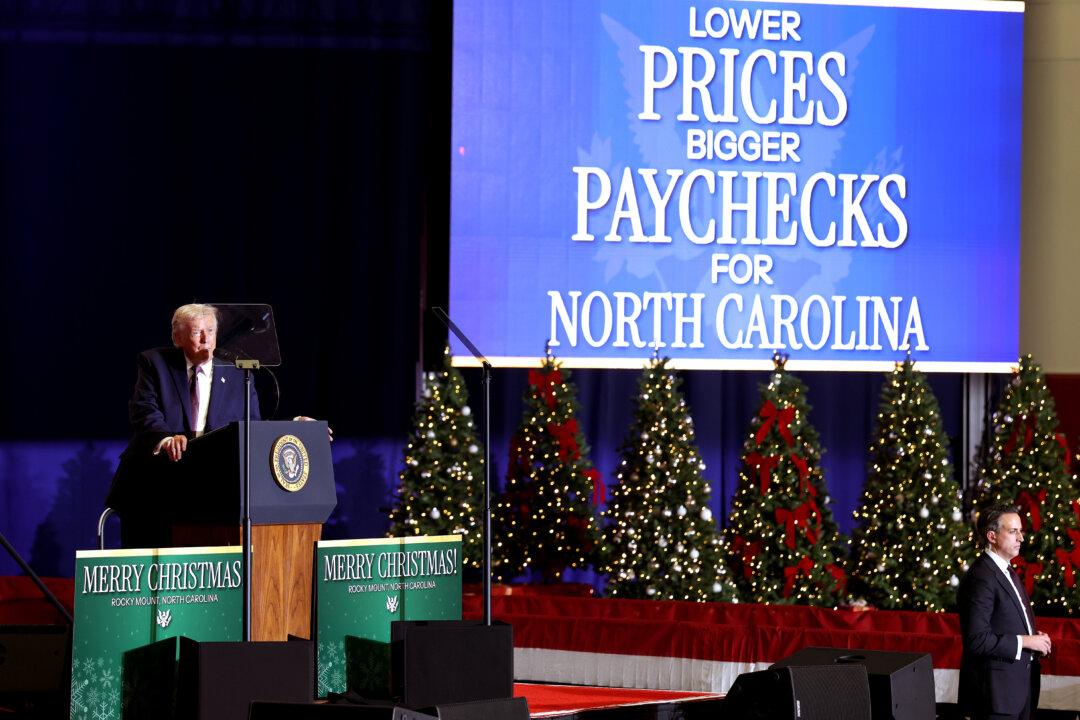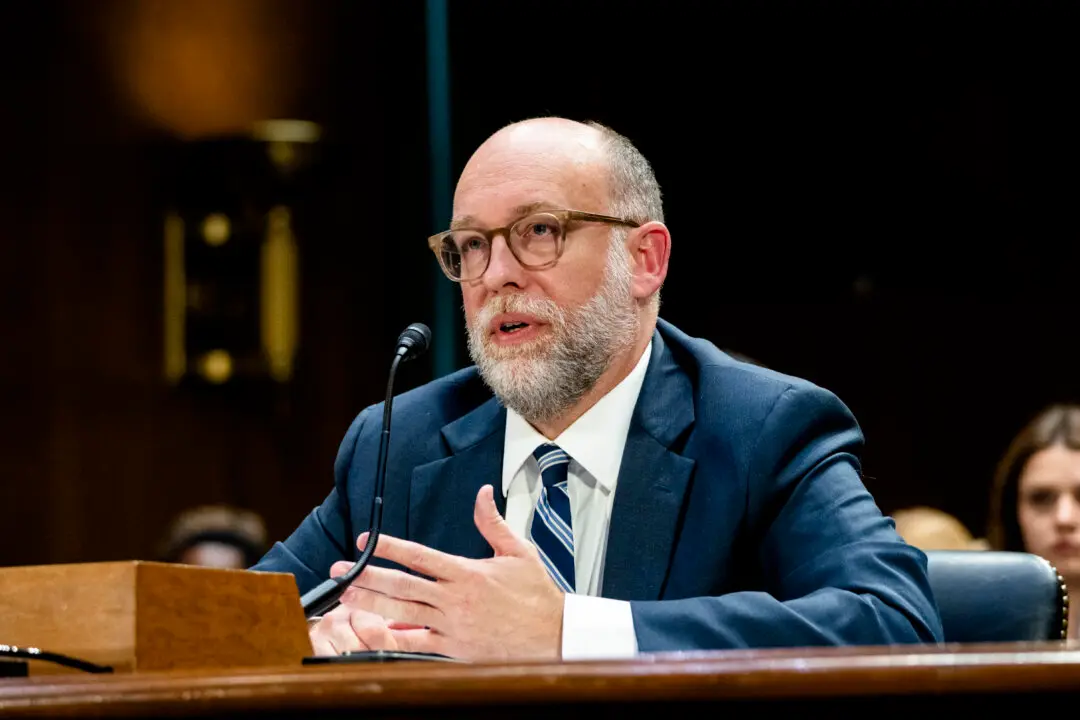A majority of U.S. states experienced job growth in June, in line with positive employment trends at the national level.
Out of 50 states, 33 recorded significant increases in nonfarm jobs in the last year, according to recent data from the Bureau of Labor Statistics.
The unemployment rate continued to fall across the country as well. In June, the unemployment rate was 4.4 percent compared to 4.9 percent for the same period last year.
“In most states, we are seeing a decrease in unemployment rates and increase in the number of jobs,” said Janelle Jones, an economic analyst at the Economic Policy Institute (EPI).

*





